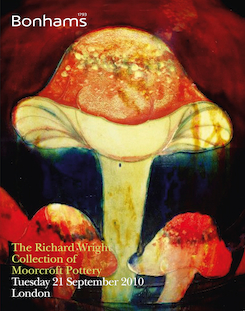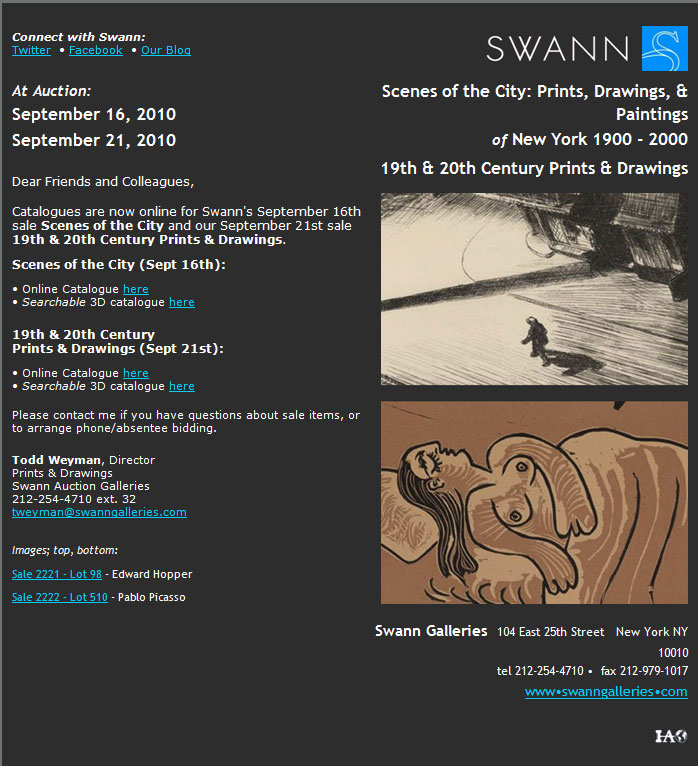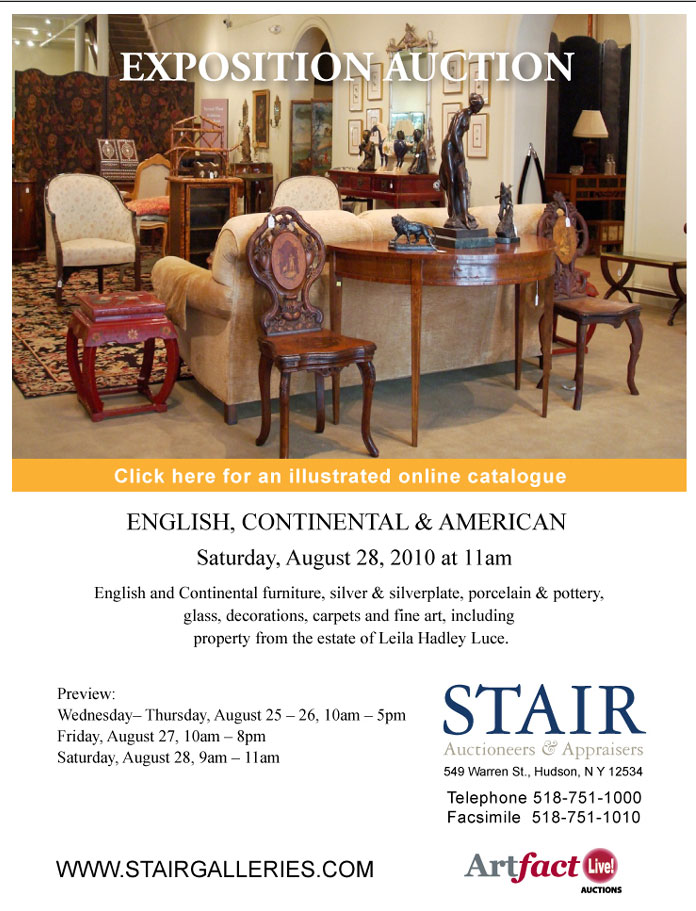Selling Your Antiques
Monday, August 30th, 2010There are a few common reasons why people choose to sell antiques. Each reason comes with its own set of solutions.
Scenario 1:
You’re a collector and you like to cull your collection now and then. This keeps the process interesting and keeps excess clutter from taking over your life.
Details: You know what your items are worth. After all, you’ve been collecting these gizmos for years and you have an eye for provenance.
Solutions:
Your sources may function as outlets. If you spend a lot of time at the model train store talking to the proprietor, find out if he or she will make you an offer. This kind of transaction builds bonds with other collectors, legitimizes the enterprise (whatever it happens to be), and keeps our weird little communities strong. You may also find a fair price here, not to mention a good home for your lovables.
Find an online or print community resource, and see if the publishers will let you post an ad.
Find an online auction site that specializes in your items.
Try to avoid generic outlets like pawn shops or flea markets where buyer knowledge may be broad but not deep. If you have something special, knowledgeable buyers may line up for it, while outsiders may have to be convinced of its worth. For better offers, find the former.
Scenario 2:
You’ve just inherited something, or you’re emptying the house of a relative who’s moving or downsizing, and you’re surrounded by items (tin toys, china plates) that you don’t want but suspect are valuable.
Details: You have no idea what these items are worth. You also may be pressed for time.
Solutions:
Find antiques shops and dealers in your area who can come to your location, view the items, and make you an offer. An additional benefit: Whoever buys the items will also haul them away.
An auction in the home may be an option. Find a dealer who will come to you. The dealer will take a percentage of the proceeds, so if you organize and advertise the sale yourself, you might save money. But you may lose, too—Dealers have contacts among specific antiques communities, whereas the audience you draw on your own may be too general to appreciate the value of your items.
Scenario 3:
You have an item, and you would like to take it somewhere, leave it behind, and walk away with money. An episode of Antiques Roadshow has you eyeing the pottery bowl in your cabinet that has no sentimental value to you, and if you can find that mysterious “auction” those appraisers are always talking about, you’d like to dump the bowl and collect your millions.
Solution:
First, don’t rush. What your item is worth today it will be worth tomorrow. If you really do have a treasure on your hands, get several appraisals from reliable dealers before you commit to selling. Then:
Research antiques auctions taking place in your area and find out how to get your item on the block. (This site is an excellent resource.)
Museums may also have an interest in your piece. Make some calls and find out.
By Erin Sweeney
for Antiques.com

























